Description
In 1911 aviation was introduced to Thailand (then Siam) through a traveling air show. This dramatic form of technological innovation quickly became integral to the country’s program of modernization as a means of gaining international respect. In this first detailed study of the development of aviation in Thailand, Edward M. Young, focusing on the pivotal years 1911-1945, traces the nationalistic impulses that drove the Thai quest for air power, first under the Thai royalty and then under the military regime that followed the coup d’etat in 1932. The book also examines the later development of the Thai air force, when it helped regain territory ceded to the French, participated in the Japanese advance in Burma, and later provided clandestine support to the Allies in World War II. Young shows how economic, technological, and political issues affected the country’s choice of airplanes. The government’s purchase of aviation equipment from such American companies as Curtiss Aeroplane and Consolidated in the 1920s, for example, reflected in part a growing desire to draw away from the influence of England and France. Aerial Nationalism details the benefits of an independent Thai air fleet, including modernization of the country and greatly improved communications. The book also discusses the problems involved in the rise of Thai aviation, including the challenges of fostering technology in a traditional society without a modern industrial base, allocating resources in a developing nation, and striking a balance between civil and military aviation.
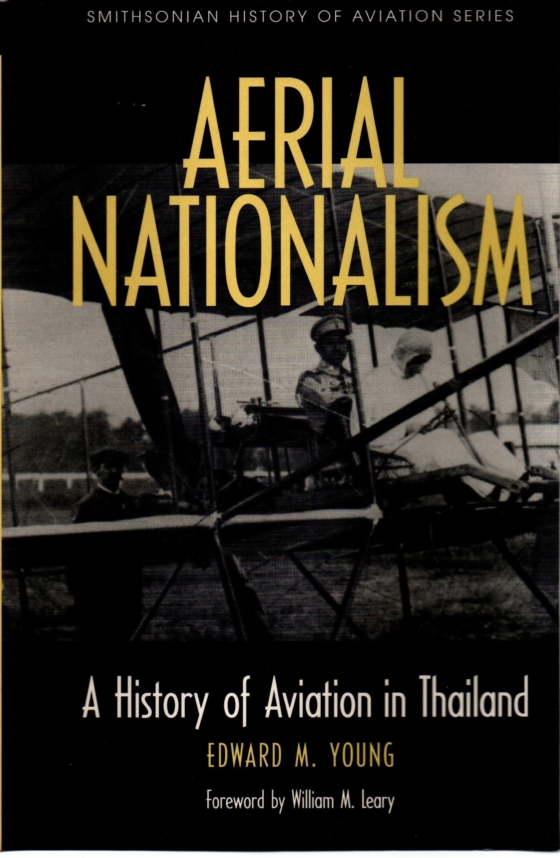
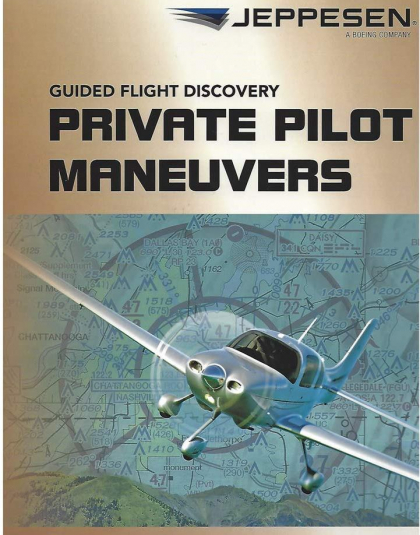
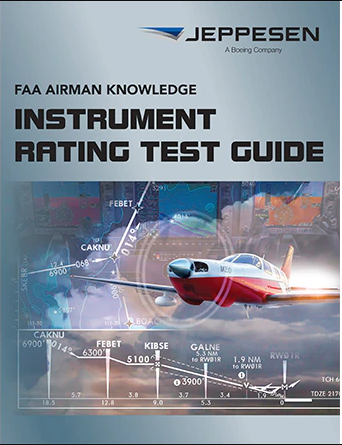
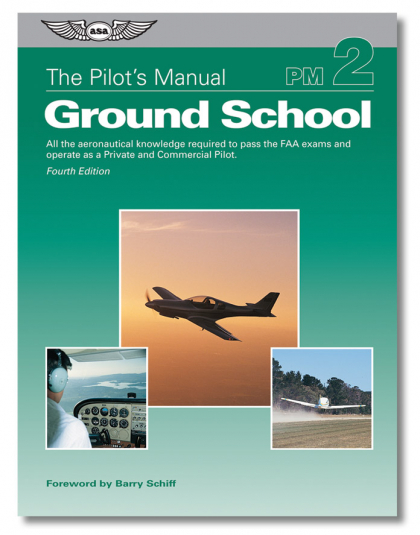
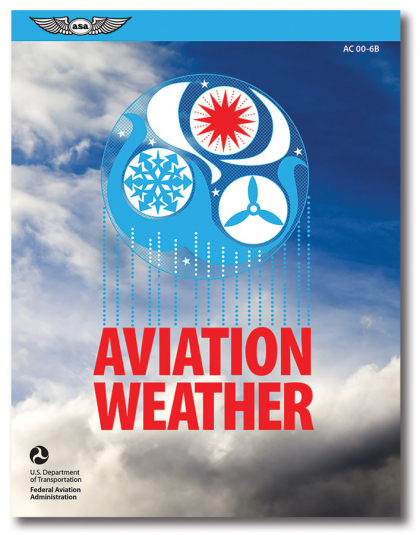
Reviews
There are no reviews yet.